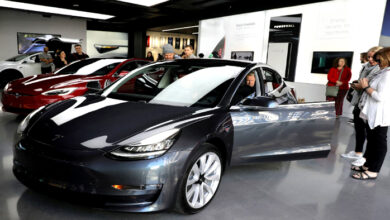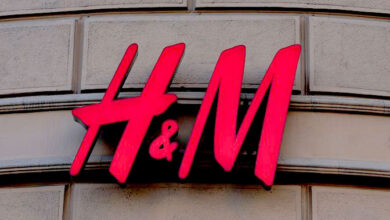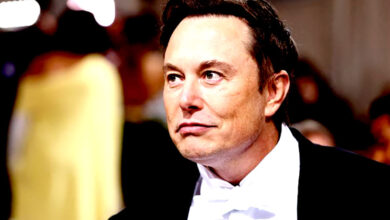European Grocers’ Rally Hindered by Price Drop Concerns: An Analysis

European grocers are facing a mixed bag of prospects as fears of price drops hinder their rally. Despite falling costs, these grocers have managed to maintain high prices, surpassing market expectations for earnings growth this year. Tesco, Carrefour, and Sainsbury have attracted stock pickers due to their increased profits driven by rising costs across various products.
JPMorgan anticipates higher earnings growth for European grocers than what the market predicts. Similarly, Barclays has recommended overweight positions in Tesco, Carrefour, and Sainsbury, highlighting the resilience of high prices even after cost pressures ease.
Although Euro zone inflation has eased and underlying price growth has slowed, consumers purchasing food and essential items are not experiencing the full benefit of reduced costs. Dean Turner, UBS wealth management’s chief UK economist, points out that companies are leveraging the narrative of a high inflation backdrop to justify continued price hikes. This narrative has contributed to a stock rally in the first quarter, but its sustainability remains uncertain as governments and regulators in Europe express concerns about unnecessarily high prices.
France’s major food companies have pledged to reduce prices on hundreds of products, as announced by Finance Minister Bruno Le Maire. Failure to fulfill this promise could result in financial penalties. In the UK, the competition regulator has indicated its intent to investigate supermarkets’ supply chains to address food price inflation.
The index of food and staples retailers, which experienced a remarkable 13% surge in the first quarter following a 25% decline in 2022, has recently declined around 6%, aligning with the broader European market. Food and beverage companies have also lost some momentum.
Supermarkets, known for their low-profit margins and competition from discount stores like Aldi and Lidl, have benefitted from substantial pricing power. Likewise, food industry giants such as Danone, Nestle, and Lindt have also leveraged this advantage, as reflected in Refinitiv figures.
Although the rising cost of commodities, driven by supply disruptions resulting from Russia’s invasion of Ukraine last year, has contributed to surging inflation, food prices have continued to climb even as energy and food costs have sharply declined.
Investors have observed the improvement in net profit margins for many food and beverage companies since last year. The net profit margins of the European index of consumer non-cyclicals nearly doubled from 3.3% in 2021 to 6% last year. This index includes beverage giants like Coca Cola HBC and Carlsberg, as well as supermarkets such as Ahold Delhaize and Jeronimo Martins.
James Rutland, a fund manager at Invesco in London, notes that food inflation has been an upside surprise, allowing companies to pass on higher costs to consumers. The underlying costs for food companies have actually fallen significantly this year, as indicated by official data.
The United Nations food agency’s world price index, which tracks globally-traded food commodities, reached its lowest point in two years in May and is more than 20% lower than the record high in March 2022 during the Ukraine crisis. European gas prices, responsible for escalating corporate costs, have plummeted to levels last seen in July 2021, declining by a staggering 92% from the record highs in August when Russia cut energy supply to Europe.
Despite these falling costs, consumers may not see a decline in food prices due to factors such as wage inflation and long-term supplier contracts negotiated during the peak of last year’s high costs.
UBS suggests that profit-led inflation is the primary driver of price increases in developed economies. Persistent month-on-month price increases indicate that there may be more to the story than just costs, according to UBS’s Dean Turner.





